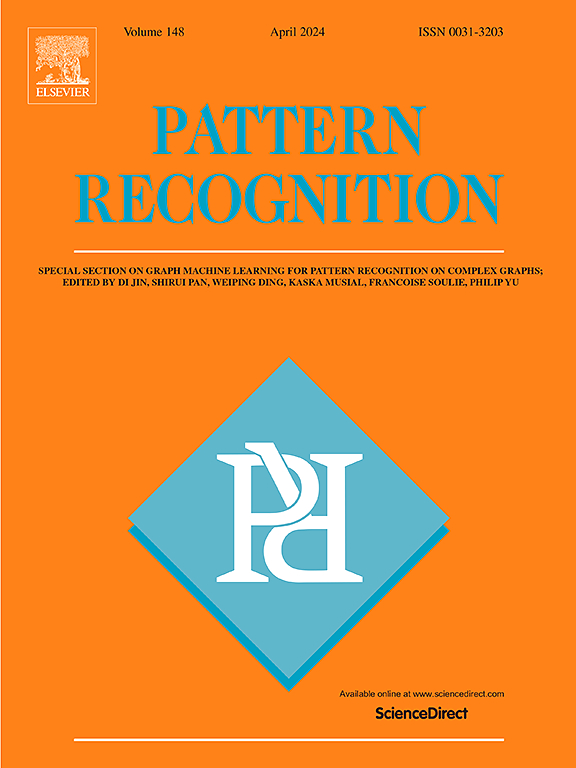Boosting zero-shot learning through neuro-symbolic integration
IF 7.6
1区 计算机科学
Q1 COMPUTER SCIENCE, ARTIFICIAL INTELLIGENCE
引用次数: 0
Abstract
Zero-shot learning (ZSL) aims to train deep neural networks to recognize objects from unseen classes, starting from a semantic description of the concepts. Neuro-symbolic (NeSy) integration refers to a class of techniques that incorporate symbolic knowledge representation and reasoning with the learning capabilities of deep neural networks. However, to date, few studies have explored how to leverage NeSy techniques to inject prior knowledge during the training process to boost ZSL capabilities. Here, we present Fuzzy Logic Prototypical Network (FLPN) that formulates the classification task as prototype matching in a visual-semantic embedding space, which is trained by optimizing a NeSy loss. Specifically, FLPN exploits the Logic Tensor Network (LTN) framework to incorporate background knowledge in the form of logical axioms by grounding a first-order logic language as differentiable operations between real tensors. This prior knowledge includes class hierarchies (classes and macroclasses) along with robust high-level inductive biases. The latter allow, for instance, to handle exceptions in class-level attributes and to enforce similarity between images of the same class, preventing premature overfitting to seen classes and improving overall performance. Both class-level and attribute-level prototypes through an attention mechanism specialized for either convolutional- or transformer-based backbones. FLPN achieves state-of-the-art performance on the GZSL benchmarks AWA2 and SUN, matching or exceeding the performance of competing algorithms with minimal computational overhead. The code is available at https://github.com/FrancescoManigrass/FLPN.
通过神经符号整合促进零概率学习
零射击学习(Zero-shot learning, ZSL)旨在训练深度神经网络,从概念的语义描述开始,从看不见的类中识别物体。神经符号(NeSy)集成是指将符号知识表示和推理与深度神经网络的学习能力相结合的一类技术。然而,迄今为止,很少有研究探索如何利用NeSy技术在培训过程中注入先验知识来提高ZSL能力。在这里,我们提出了模糊逻辑原型网络(FLPN),该网络将分类任务表述为视觉语义嵌入空间中的原型匹配,并通过优化NeSy损失进行训练。具体来说,FLPN利用逻辑张量网络(LTN)框架,通过将一阶逻辑语言作为实张量之间的可微运算,以逻辑公理的形式整合背景知识。这种先验知识包括类层次结构(类和宏类)以及健壮的高级归纳偏差。例如,后者允许处理类级别属性中的异常,并加强同一类的图像之间的相似性,从而防止过早地过度拟合所看到的类并提高整体性能。类级和属性级原型都是通过专门针对基于卷积或基于转换的主干的注意机制实现的。FLPN在GZSL基准测试AWA2和SUN上实现了最先进的性能,以最小的计算开销匹配或超过竞争算法的性能。代码可在https://github.com/FrancescoManigrass/FLPN上获得。
本文章由计算机程序翻译,如有差异,请以英文原文为准。
求助全文
约1分钟内获得全文
求助全文
来源期刊

Pattern Recognition
工程技术-工程:电子与电气
CiteScore
14.40
自引率
16.20%
发文量
683
审稿时长
5.6 months
期刊介绍:
The field of Pattern Recognition is both mature and rapidly evolving, playing a crucial role in various related fields such as computer vision, image processing, text analysis, and neural networks. It closely intersects with machine learning and is being applied in emerging areas like biometrics, bioinformatics, multimedia data analysis, and data science. The journal Pattern Recognition, established half a century ago during the early days of computer science, has since grown significantly in scope and influence.
 求助内容:
求助内容: 应助结果提醒方式:
应助结果提醒方式:


